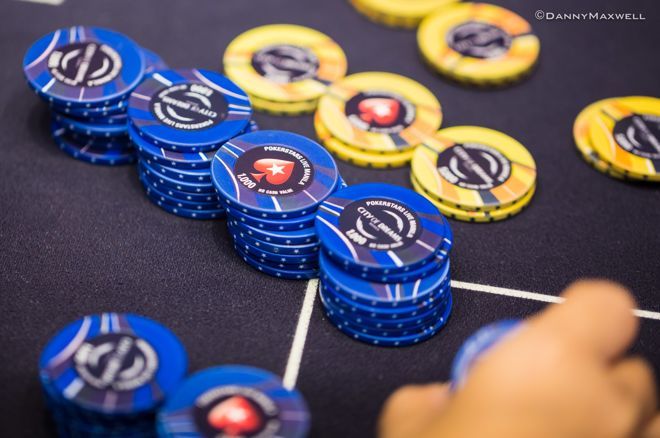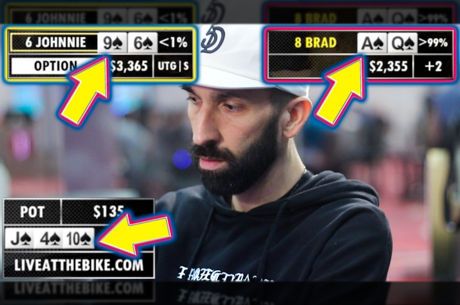Small Stakes Poker Plays, Part 2: Isolating Raise-Callers

Last week, I introduced a series to discuss how to navigate the most common spots in small stakes poker games. They consist of single-raised or three-bet pots against one or two players when you have position on at least one of them, such as when you raise preflop to isolate limpers. This week, I will discuss the similar scenario of three-betting to isolate loose raise-callers.
Most small stakes games tend to run loose-passively with players limping wide ranges. Once these players begin to realize that this is a mistake, they tend to raise that loose range instead. In the average small stakes field, this is a good idea. In a sense, they then become the player who takes advantage of the most common population tendency when they begin to isolate the limpers.
The problem is that this adjustment creates a new imblance in their games. They raise too many hands, and most of them call three-bets too often as well, because folding is not fun.
Like before, we can attack them here by three-betting a wide range that is slightly ahead of their raise-calling range. For example, if they raise-call with hands like 10x7x-suited, then we can three-bet hands like 10x9x-suited or Ax10x-offsuit for value.
This would be a mistake against players who four-bet bluff effectively, but luckily most small stakes players do not make these adjustments and the ones who do soon move up to higher stakes. The average player tends to four-bet with a value-heavy range which means their out-of-position raise-calling range is capped and in big trouble against our in-position, uncapped three-betting range.
Unlike raising to attack limp-callers, three-betting to attack raise-callers usually results in a heads-up pot, but we are still dealing with recreational players here and it isn't unheard of to see an unexpected flat from behind. If so, we should proceed with caution postflop, especially if the flatter has position on us or is in the small blind.
If we get a standard heads-up pot against the raise-caller, we can fire multiple barrels on dynamic flops knowing that with each subsequent call, he caps his range further and further.
For example, let's say a loose player raises from middle position and calls our button three-bet when we hold J?10?. The flop comes 9?5?4?, we bet, and he calls. The turn brings the Q?.
If he calls a turn bet, then he is unlikely to hold two pair or better because these are strong but vulnerable hands that most players will be afraid to slow play with twice on a board like this one. This player will often hold a one-pair hand like 10x10x, 9xXx, 5xXx, 8x8x through 6x6x, or a draw.
Against this range, we will have the best hand on the river about 30 percent of the time and even when we miss, he will have a weak pair or missed draw with which he will be hard pressed to call a pot-sized river shove. This bet needs to work 50 percent of the time to break even. In my experience, it works upwards to 80 percent of the time. That difference is pure profit.
The main caveat I will mention is that a dynamic board and a target inexperienced with this sort of aggression is essential to the success of this play. On a static board containg an ace for example, you may not even be able to get some of these players off of Ax2x-offsuit with this play.
Experienced players who know what you're up to make adjustments like strengthening their check-calling range by refraining from raising some two-pair combos or calling the river shove with hands as weak as Jx9x-suited if they determine that this is towards the top of their bluff catching range. Fortunately, players like this are few and far between in the small stakes games. If you can pick the right time to empty the clip, this play prints money.
So far, we've discussed plays that depend on a loose player entering the pot before we act. Obviously, that doesn't always happen. Next week, I will discuss a play that can be used when we are first to act.









